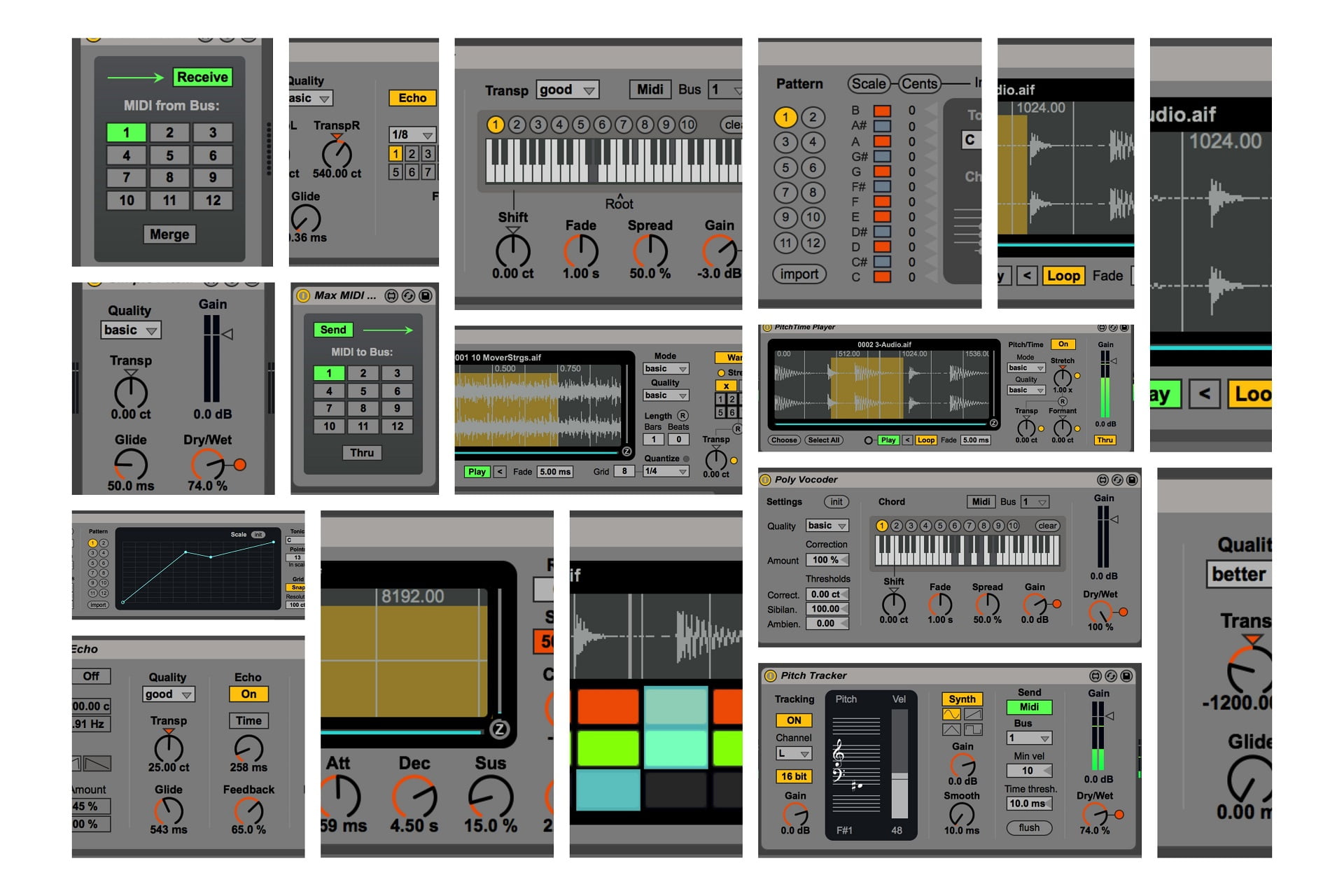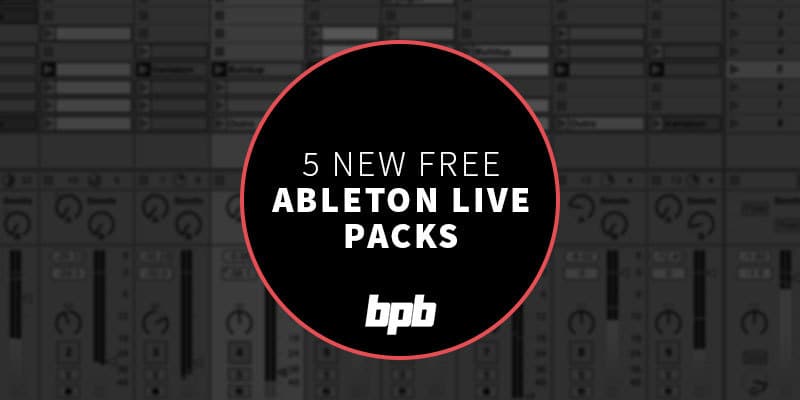

The collection of sounds, curation of a Live Set, then the sharing of it, is a great way to communicate musical ideas and spark new collaborations.ĭownload all the Sydney Sounds Ableton Live Packs.10 Ableton Live Packs Now Available for Intro Usersįor our beginners out there this is huge news. The creation of an Ableton Live Pack, however, transcends mere convenience.

This creates an alp file, which you can post online, or send to anyone.įor obvious reasons, we’ve all been getting used to the idea of remote collaboration. You’ll then be prompted to save it in a location of your choice. Think of it as a zip file for musical projects - a compressed entity that makes it easy to move around the internet.Ĭlick ‘File’ then ‘Collect All and Save’, then click ‘OK’ when the dialogue box appears.Ĭlick ‘File’ then ‘Manage Files…’ this will open up the ‘File Management’ sidebar on the right.Ĭlick on ‘Manage Project’ in the sidebar. Step 3: Pack it up, send it offįinally, if you want other people to open up your set and the sounds that it contains, you’ll need to create an Ableton Live Pack, otherwise known as an alp (Ableton Live Pack) file. Last but not least: why not make your own track, to demonstrate the virtues of your incredible collection of samples? When you create the Ableton Live Pack (next step), your demo beat will be saved alongside it. Drag and drop your sample into the Simpler and then it can be played melodically across a MIDI keyboard. The Simpler tool is a great place to load in sounds that have a more defined relationship with pitch. This allows anyone to grab hold of your set and dive straight into making music. Better still if you can curate the rack to correspond with conventional percussion sounds. Each pad in the rack is ideal for storing short samples.

Ableton Live offers a range of options for creatively organising your samples in a way that makes musical sense to someone opening up a set for the first time. This is the part where you can sate the thirst of your inner neat freak. Best to leave yourself some headroom though - you don’t want to record an incredible array of sounds only to find that they’re all distorted. But if you’re working with loud sources, a hardy dynamic could be a good choice too. Shotgun condenser microphones work well in outdoor situations where there’s a lot of ambient sounds. Beyond that, it comes down to a matter of mic choice, placement, and gain structure.


 0 kommentar(er)
0 kommentar(er)
